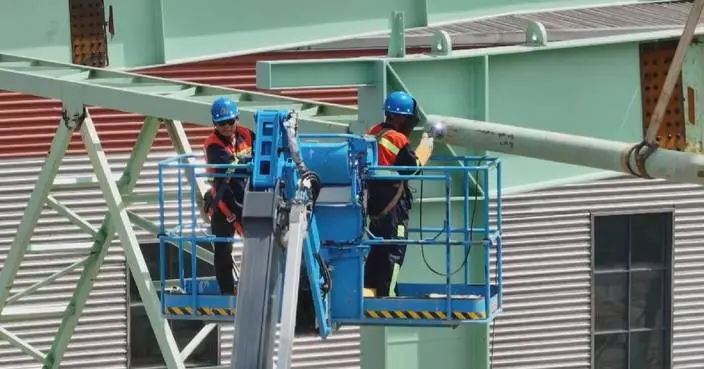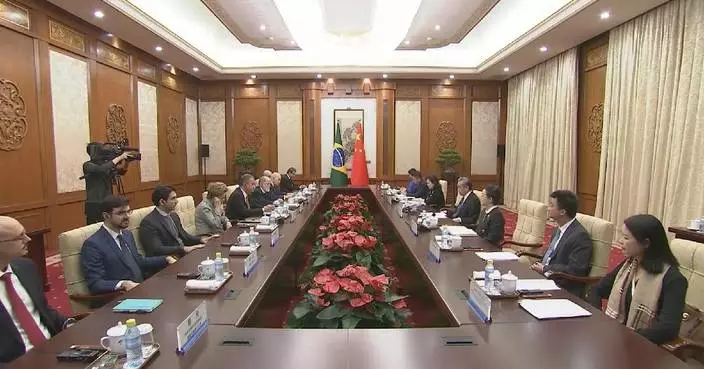Disaster relief is underway in Papua New Guinea despite adverse conditions after a devastating landslide hit the country on Friday, said an official of the United Nations Development Program (UNDP).
Papua New Guinea has informed the United Nations that more than 2,000 people are feared to have been buried by the massive landslide.
Humanitarian organizations are working with local authorities to deliver the relief supplies.
Nicholas Booth, resident representative of the UNDP in Papua New Guinea, said the terrain in the landslide-hit area is unstable and access to the area has been blocked, posing big challenges.
"It's still a very dynamic situation. In fact, the terrain is still moving. So this has been a very substantial landslide. It hit at 3:00 am on Friday, but the terrain is still moving. It's quite a remote area anyway. So it's a good couple of hours drive, northwest of the provincial capital. There's a big highway that goes all the way through the province, but the landslide has blocked that highway, so it makes it very difficult to access. So that's the major challenge," he said in a recent interview with the China Global Television Network (CGTN).
"The army, the police are working together with the local government and with the UN agencies and other international partners to get to the site. And we are at the site. And army engineers are at the site and they are bringing heavy earth moving machineries. It is a complicated situation. As you might know, there has been tribal conflict in that area, too. And some of that is still ongoing, unrelated to the landslide, but it means the defense escorts and this is necessary to help the convoys of aid to the site," he said.
He said the UNDP is working together with the local government and other international peers to carry out relief.
"First of all, I should say, UNDP we're not acting on our own. We are acting with the provincial government, with the support of the national disaster committee, with other UN agencies. So there's a number of different UN humanitarian agencies and other international partners on the ground, too. So, some initial assistance was given to those affected over the weekend. Some preliminary supplies were given to people affected on the ground over the weekend. Further supplies are on their way today. I don't know if they've reached there yet, but they set off this morning from the provincial capital," he said.
"I'm essentially focusing on food, water, shelter, and some other essential items, medicines as well to help with. There are health authorities on the ground to give medical assistance to survivors. So further assistance has been given to them today. An evacuation site was set up by the army over the weekend, so people are being evacuated to safety as well. So those are some of the main focuses of the effort right now," said Booth.
The landslide occurred in the mountainous Enga region in northern Papua New Guinea on Friday. Locals have been left reeling after tonnes of rock and mud smashed into their homes as they slept.

Disaster relief afoot in landslide-hit Papua New Guinea despite adverse conditions: UNDP official

Disaster relief afoot in landslide-hit Papua New Guinea despite adverse conditions: UNDP official

Disaster relief afoot in landslide-hit Papua New Guinea despite adverse conditions: UNDP official









